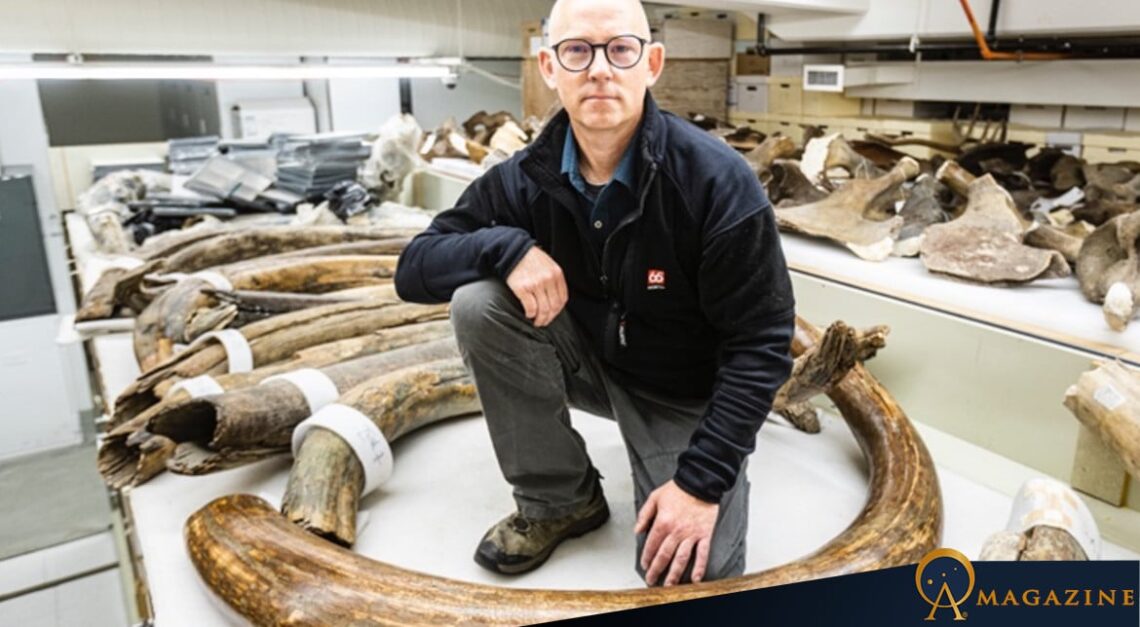Mammoths became extinct on mainland Alaska just under 12,000 years ago. Or at least that’s the current consensus. This timeline supports the argument that the arrival of humans at the end of the last Ice Age, around 14,000 years ago, played a pivotal role in their demise.
Nevertheless, recent discoveries on either side of Alaska have concluded that mammoths survived in both Canada and Siberia for much longer—until about 4,000 years ago on Siberia’s Wrangel Island and 5,600 years ago on St. Paul Island, Alaska. These findings have raised questions in the scientific community about the timing of mammoth extinction on the mainland and whether humans were indeed the primary cause.
Over 1,500 fossils stored at the University of Alaska Museum of the North may hold the key to unlocking answers to these questions. The problem is that only a very small fraction of them have been dated and analyzed using the advanced technology currently available. The few that have been dated need revisiting since technology has improved substantially in recent years. To address this situation, the University of Alaska Fairbanks (UAF) came up with a novel solution and launched their Adopt a Mammoth program in 2022, led by Matthew Wooller.
Want to know how to Adopt a Mammoth? Find out more by reading the full article ‘Step into the Ice Age: Alaskan University Offers the Curious a Chance to Adopt a Mammoth’ available in the July – August 2024 51st Issue New Technology Uncovering the Past. Get it here!
Featured Image: Dr. Matthew Wooller, leader of the Adopt a Mammoth project and Director of the Stable Isotope Facility at the University of Alaska Fairbanks. Source: J.R. Ancheta / University of Alaska Fairbanks
